Are you an aspiring yogi looking to become certified in Vinyasa Yoga? Look no further! This guide has everything you need to know about Vinyasa Yoga certification.
What is Vinyasa Yoga?
Vinyasa Yoga is a dynamic and flowing style of yoga. It synchronizes movement with breath. It helps you build strength and flexibility and brings peace and clarity to your mind. Vinyasa classes usually have music. They can be 60 to 90 minutes long. They can be for beginners, intermediate, or advanced practitioners. The studios list these classes as Vinyasa 1, Vinyasa 1-2, or Vinyasa 1-2-3 on the schedule. Whether you’re experienced or starting yoga, a Vinyasa Yoga certification can lift your practice. At the same time, it can help your career.
This guide will help you become a certified Vinyasa Yoga instructor. It covers choosing a certification program and understanding the curriculum and requirements. Additionally, we’ll give tips on how to do well in your training. Doing well is crucial to standing out in the competitive world of yoga teaching.
Turn your passion for yoga into a rewarding career. With Vinyasa Yoga certification, you’ll get a yoga education. After all, it will also be an amazing journey of self-discovery and change!
Benefits of Vinyasa Yoga
Vinyasa Yoga offers numerous benefits for both the body and mind. This yoga style’s dynamic and flowing nature helps improve strength, flexibility, cardiovascular health, range of motion, and balance. Moving through the sequences, you engage multiple muscle groups, increasing tone and definition. As a result, regular practice of Vinyasa Yoga can also help with weight loss.
Beyond the physical benefits, Vinyasa Yoga profoundly impacts mental and emotional well-being. The synchronization of breath and movement creates a moving meditation, allowing you to cultivate mindfulness and presence. This can help reduce stress while promoting inner peace and clarity.
Whether you’re drawn to the physical or the mental benefits, Vinyasa Yoga has something to offer everyone. By becoming certified in this yoga style, you can deepen your understanding and share these benefits with others.
Moreover, Vinyasa Yoga encourages creativity and self-expression. The fluid nature of the practice allows for individual interpretation and variation, allowing you to explore different poses and transitions.
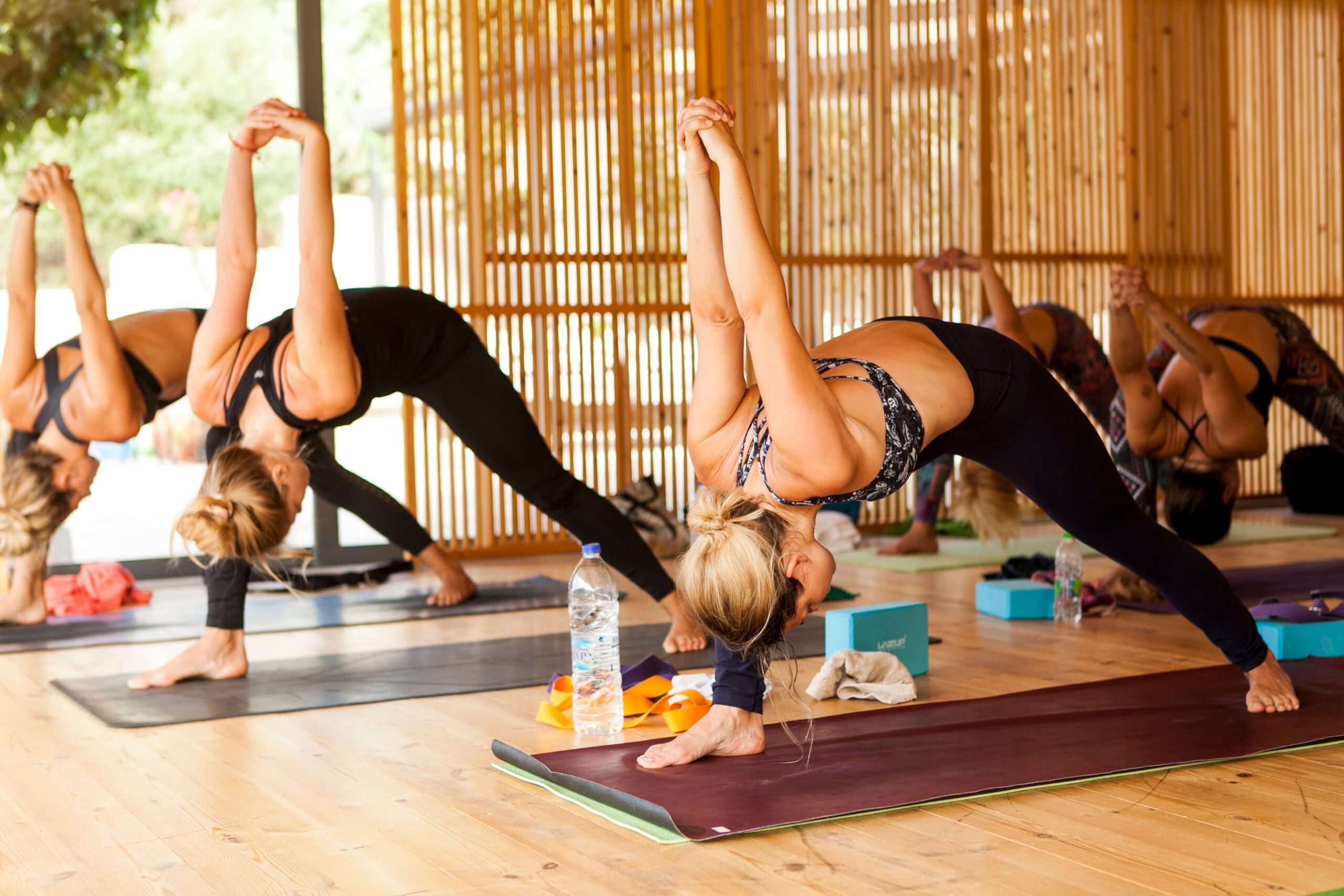
Is it worth getting a Vinyasa certification?
While anyone can practice and teach Vinyasa Yoga, obtaining a legit certification is crucial if you want to teach this style to others. Vinyasa certification not only ensures that you have a solid understanding of the practice but also provides credibility and professional recognition. As a certified Vinyasa Yoga instructor, you will have the knowledge and skills to make safe yoga classes. You will guide students through the sequences and give them alignment cues, modifications, and hands-on assists. Certification demonstrates your commitment to the practice and dedication to sharing its benefits with others.
Additionally, many yoga studios require instructors to hold a Yoga Alliance certification in order to teach Vinyasa Yoga classes. By obtaining a certification, you open up a world of teaching opportunities and increase your chances of finding employment in the yoga industry.
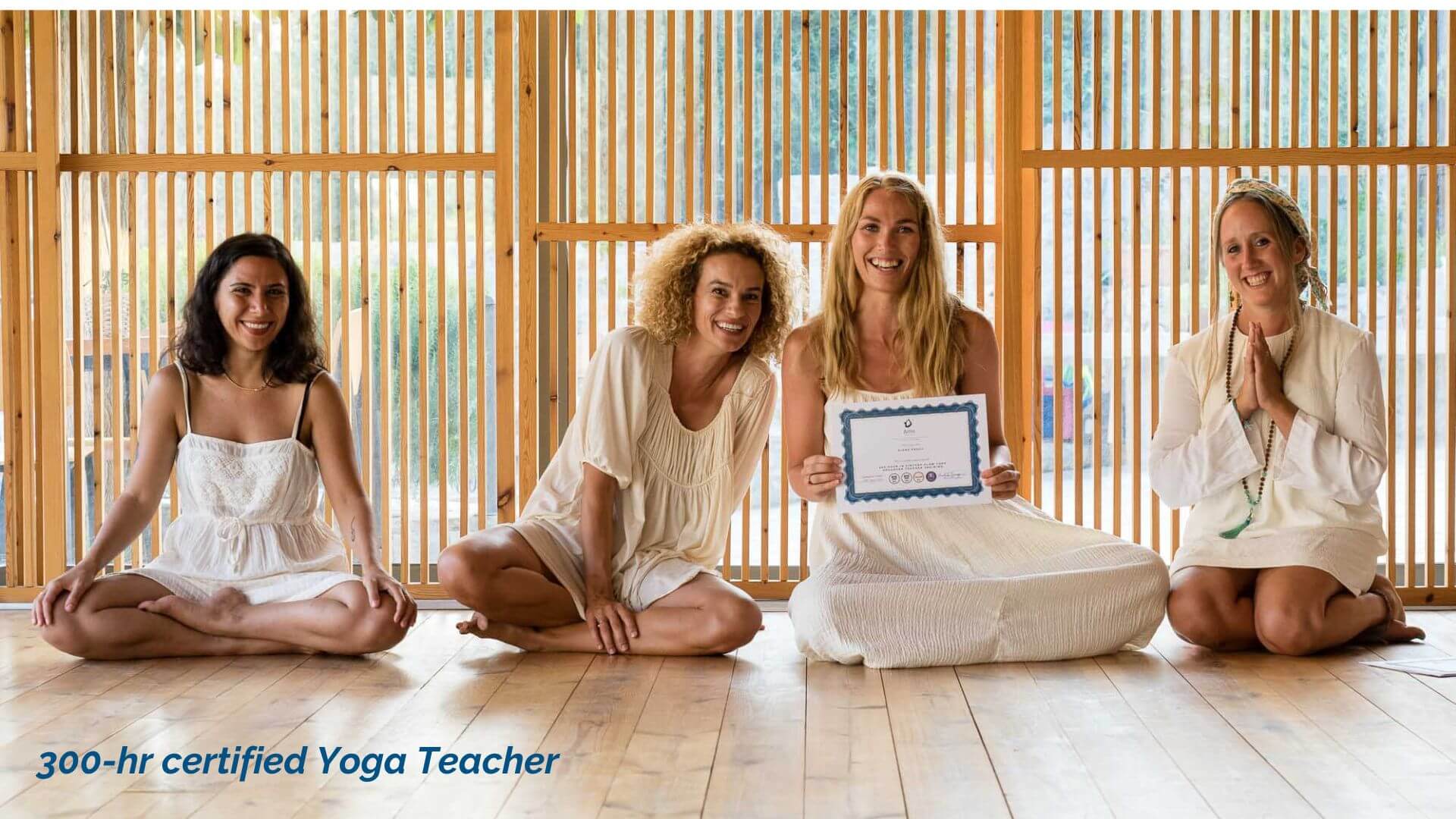
Finding the Right Vinyasa YTT
Choosing the right Vinyasa Yoga certification program is a crucial step toward becoming a certified instructor. With so many options available, it’s essential to consider several factors before deciding.
Solid foundation:
Firstly, a solid foundation in this yoga style can be super beneficial. We see people who say they have done vinyasa yoga for 10 years. But their practice says something else. Be consistent with the practice and see if you make progress. The more you practice yoga, the better you choose the correct Vinyasa training.
When I did my 300hour yoga teacher training, a student once asked me: Joanna, is this training good? She had no idea what was happening and if the course was good or bad. My point is: Practice Vinyasa yoga enough in order to tell apart a good from a bad yoga class/good from a not so good Vinyasa yoga teacher training.
Yoga Alliance
Then, ensure that a reputable yoga organization accredits the certification program. Accreditation ensures that the program meets specific quality standards and adheres to a recognized curriculum. Look for certifications from organizations such as Yoga Alliance, which is widely recognized for setting high-quality standards.
The format of the course
Next, consider the format and structure of the certification program. Some programs offer intensive training, while others provide online training. Lately, we are seeing a combination of these two formats leading to the hybrid option.
Decide which format best fits your schedule and budget. If you prefer hands-on learning and immediate feedback, intensive training might be the right choice. On the other hand, if you need flexibility and convenience, an online program may be more suitable.
The syllabus of the Vinyasa course
It’s also essential to review the program’s syllabus. A solid curriculum will provide you with a good foundation and prepare you to teach Vinyasa Yoga confidently right off the bat. Make sure it covers all the essential components of Vinyasa Yoga, including asanas (poses), pranayama (breathing techniques), sequencing, teaching methodology, and teaching practicum.
Our 200hour yoga teacher training prepares the students to teach vinyasa yoga. We discuss different types of classes, such as well-rounded, peak-pose, and peak per-flow classes. We cover a lot about demonstrating asanas. How does a teacher demonstrate a pose? According to the students’ level or to the teacher’s level? How often should the teacher demonstrate? How to demo on a clod body and so on…These theoretical classes go hand in hand with the morning Vinyasa classes, combining practice and theory for better understanding.
PRO TIP: Do extensive research on this; if it’s unclear what is covered, research more schools.
Reviews
Lastly, the reputation and reviews of the certification program should be considered. Look for testimonials from past students, read reviews on yoga platforms, and reach out to instructors who have completed the program. Check out our reviews from our past students.

Requirements for the Vinyasa Yoga certification
Each certification program may have specific requirements that students must meet in order to obtain their Vinyasa Yoga certification. While the exact requirements may vary, there are some common criteria that you can expect.
Yoga Alliance Training Hours
The standard Y.A. requirement for Vinyasa Yoga certification is a minimum of 200 hours of training. In addition to the training hours, most certification programs also require you to complete specific assignments, projects, and assessments. This may include written exams or creating and teaching a short Vinyasa class. These requirements ensure that you can put the knowledge you learned into practice.
In our 200hour yoga teacher training, students have to teach a 30-minute vinyasa flow at the end of the course. And boy, are we proud of what we see.
PRO TIP:
Some schools do not have this requirement. They just want to see the students teach one asana. Yep, one asana. We even had students in our 300-hour yoga teacher training who have taught only one asana in their 200-hour yoga training. That, to us, is unacceptable since the certification writes: Yoga Teacher Training.
Show Me The Money
Lastly, it’s important to note that certification programs have a financial cost. Tuition fees vary depending on the program, location, and format. Consider your budget and financial resources when choosing a certification program, and be prepared to invest in your education and future career as a Vinyasa Yoga instructor.
PRO TIP
Ultimately, you get what you pay for. Buy the best you can afford.
Understanding the requirements for Vinyasa Yoga certification can prepare you to become a qualified and confident yoga instructor. There are many qualified instructors out there, but not all of them are confident enough to teach.

The Process of Becoming a Vinyasa Instructor
Getting a Vinyasa Yoga certification involves a step-by-step process that takes you from a dedicated practitioner to a confident instructor. While the exact process may vary depending on the certification program, here is a general overview of what to expect.
Research and Choose a Vinyasa Yoga Certification YTT
As mentioned earlier, take the time to research and select a reputable Vinyasa Yoga certification program that aligns with your goals and preferences. Make sure it’s clear that you will learn how to teach Vinyasa yoga. How about checking out our 200hour yoga teacher training? Our students leave the course 100% confident to teach Vinyasa yoga classes.
Complete the Required Training Hours
Enroll in the program and complete the course. This may involve attending in-person or online classes, reading recommended books, attending workshops, and self-study. Be aware that self-study requires a lot of discipline, while in an intensive course, you create friends who support each other. You are there on the same path.
Teach and Observe
Gain practical teaching experience by leading Vinyasa Yoga classes under the supervision of your lead instructor. This allows you to apply your knowledge, receive feedback, and refine your teaching skills. Repetition is the key to mastery. In our 200hr YTT, students start teaching each other from day one.
Assessments and Exams
Complete any required assessments or exams. This may include written exams, teaching a class, and observing your peer students’ classes.
Graduation and Certification
Once you have successfully completed all the requirements, you will be awarded your Vinyasa Yoga certification. Yeah 🙂 This certification recognizes your competence and qualifies you to teach Vinyasa Yoga classes.
Remember that becoming a certified Vinyasa Yoga instructor is both challenging and rewarding. Embrace the journey, stay committed to your practice, and be open to continuous learning and growth.
Tips for Preparing for the Exam
The Vinyasa Yoga certification exam assesses your knowledge, understanding, and ability to apply the principles of Vinyasa Yoga in a teaching setting. Here are some tips to help you prepare for the exam and increase your chances of success. Of course, you also need to follow your teacher’s instructions.
Components of a class
Do you have a solid understanding of the essential components of a vinyasa class? This includes asanas, pranayama, sequencing, anatomy, and teaching methodology. Remember how the classes that you attend start and end? There’s a bit of grounding in the beginning, breathing exercises, warm-up, sun salutations, standing poses, seated, cooling down, and finally, Shavasana. Sequencing means you have put the correct asanas exactly where they should be, depending on the class’ goal. Anatomy knowledge is required for proper sequencing. The teaching methodology is how you combine everything, from voice to group energy to the attention you give to the students, to adjusting, and so on.
Create a Study Plan
If you are taking the course online, develop a study plan that allows you to cover all the topics and materials within a reasonable timeframe. Break down the curriculum into smaller sections and allocate specific study hours for each section. Do not procrastinate. Start with the most difficult sections, set the timer (I usually put it for 50 minutes), work uninterruptedly within that time frame, and then take breaks of 10 minutes. Repeat. This plan always works for me, and I get so much done!
Teach!
Practice teaching Vinyasa Yoga sequences to friends, family, or fellow yogis. This will help you refine your teaching skills, gain confidence, and get feedback on your cues, instructions, and sequencing.
PRO TIP: Take their feedback with a pinch of salt, especially if they are not teachers.
Research
Utilize Online Resources: Explore online resources such as video tutorials and articles. These resources can supplement your learning and provide different perspectives.
Practice Self-Care
Prioritize self-care during the exam preparation period. Sleep well, eat nourishing foods, and engage in stress-reducing activities such as meditation or gentle yoga. Taking care of your well-being will enhance your focus and concentration during the exam.
Remember that the exam is designed to assess your knowledge and skills, but it’s not meant to be an intimidating or overwhelming experience. Approach it with confidence, trust in your preparation, and remember that it’s just one step towards becoming a certified Vinyasa Yoga instructor.

Continuing Education and Advanced Certifications in Vinyasa Yoga
Obtaining your first Vinyasa Yoga certification is just the beginning of your journey as a yoga instructor. Trust us; yoga is a journey, not a destination, and it’s never-ending. To stay current and deepen your practice and understanding of Vinyasa Yoga, we recommend these:
Practice, practice, practice
Continue practicing yoga with an advanced teacher. This is crucial to your journey.
Continuing Education
Consider taking continuing education (20, 40, 50, 100 hours). Continuing education enhances your teaching abilities and allows you to offer your students a broader range of classes and services. Registered yoga teachers must log 30 hours of yoga-related training every three years. Continuing education allows you to expand your knowledge and explore specific areas of (Vinyasa) Yoga. This may involve attending specialized courses on topics such as advanced sequencing, verbal cueing, demonstrating techniques, applied anatomy and so on.
Stay curious, be open to learning, and embrace opportunities for continuous education. The more you expand your knowledge and expertise, the more you can bring to your students and the yoga community.
Advanced certification (300 hours)
An advanced certification of 300 hours can help you specialize even further in Vinyasa Yoga. We recommend that your advanced training builds on the style you learned in your 200hour teacher training.
PRO TIP: If you want to learn a completely different style than the one you covered in your 200hour training, then take a 200hrs training. Our 200 yoga teacher training teaches students to teach Vinyasa Yoga, and our 300hour yoga teacher training continues doing just that because there is so much more to cover. We also cover basic Yin Yoga principles so students also learn to teach Yin classes. Who doesn’t love a good yin class on a Friday afternoon right?
Continuing education and advanced certifications demonstrate your commitment to lifelong learning and professional growth. By investing in your education and skill development, you can differentiate yourself from other instructors, attract more students, and stay competitive in the ever-evolving yoga industry. If you are a 500-hour certified yoga teacher, you can also teach in yoga teacher training courses.
Career Opportunities for Certified Vinyasa Yoga Instructors
Once you have obtained your Vinyasa Yoga certification, a world of career opportunities awaits you. As a certified instructor, you can pursue various paths within the yoga industry.
Yoga Studios
Many certified Vinyasa Yoga instructors choose to teach in yoga studios, fitness centers, or gyms. You can also put in more effort and find your own students. Teaching regular Vinyasa Yoga classes allows you to share your passion for the practice, guide students in their yoga journey, and create feel-good experiences on the mat.
Private Classes
Some instructors choose to offer private sessions to individual clients. Private sessions allow for personalized attention, customized sequences, and targeted guidance. You also make more money with private classes. Group sessions, on the other hand, can be tailored to specific needs or interests, such as corporate yoga, prenatal yoga, or yoga for seniors, runners, cyclers, or surfers.
Spas and Resorts
Certified Vinyasa Yoga instructors can explore opportunities in related industries. This may include working in wellness centers, luxurious resorts, or spas.
Workshops and Retreats
Once you get more experience, you can also lead your own workshops and retreats. Additionally, you can consider creating instructional videos, or writing for yoga publications as a way to reach a wider audience. As you develop your teaching skills, you may also consider teaching in yoga teacher training and mentoring aspiring yoga teachers. Becoming a teacher trainer allows you to share your expertise, contribute to the growth of the yoga community, and inspire the next generation of yoga instructors.
Ultimately, the career opportunities for certified Vinyasa Yoga instructors are diverse and ever-expanding. With passion, dedication, and a commitment to ongoing learning, you can create a fulfilling and impactful career in Vinyasa Yoga.
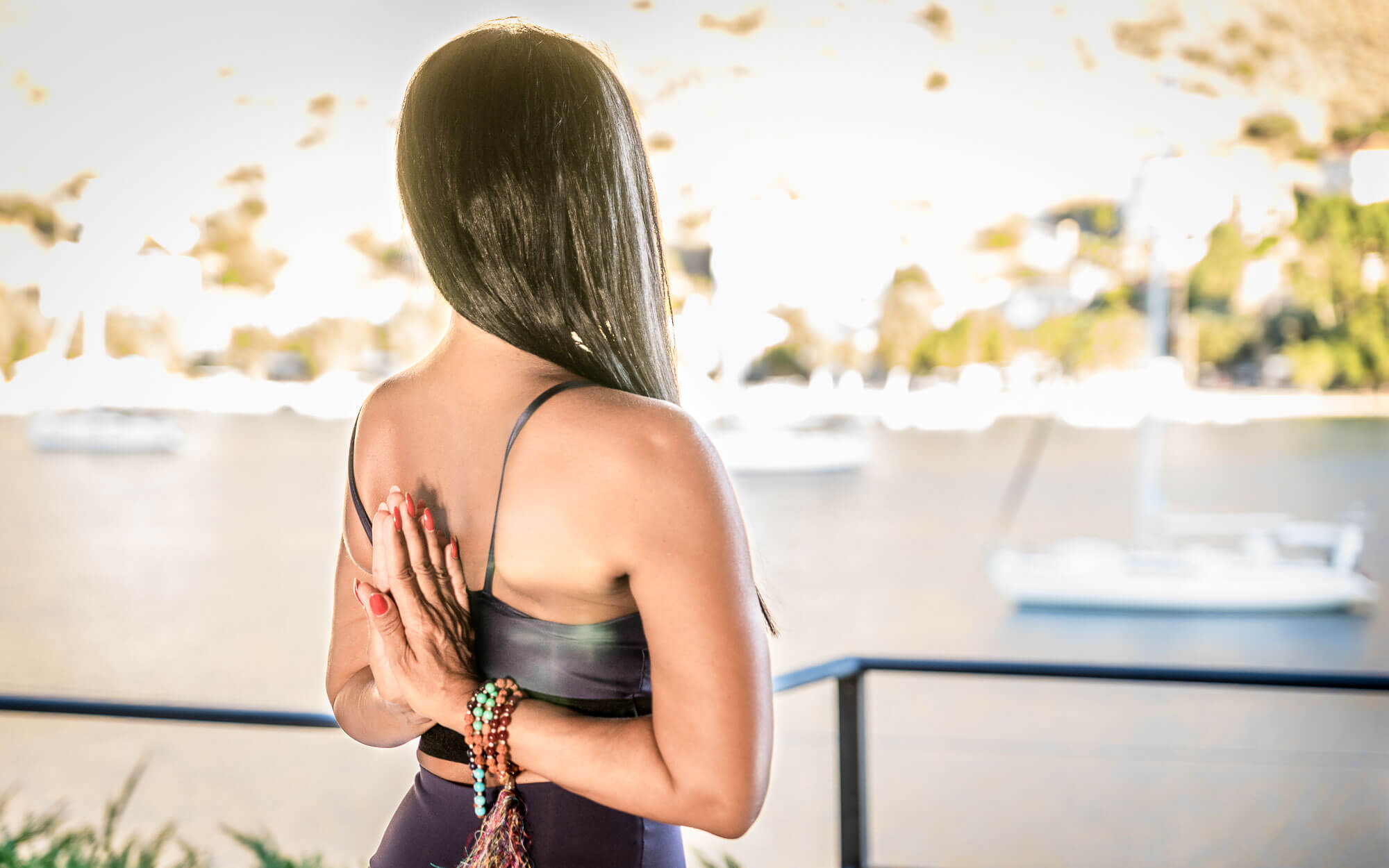
Conclusion
By now, you should have a clear understanding of the benefits of Vinyasa Yoga, the importance of certification, and the steps to becoming a certified Vinyasa Yoga instructor.
Vinyasa Yoga offers a transformative practice that can unlock your physical, mental, and emotional potential. By obtaining a certification in this dynamic style of yoga, you not only deepen your own practice but also gain the knowledge and skills to guide others on their yoga journey.
Remember, choosing the right certification program, understanding the requirements, and preparing for the exam are essential steps toward achieving your goal.
Continuously invest in your education, and stay open to the opportunities that will arise.

9 Critical Tips For Picking Your YTT


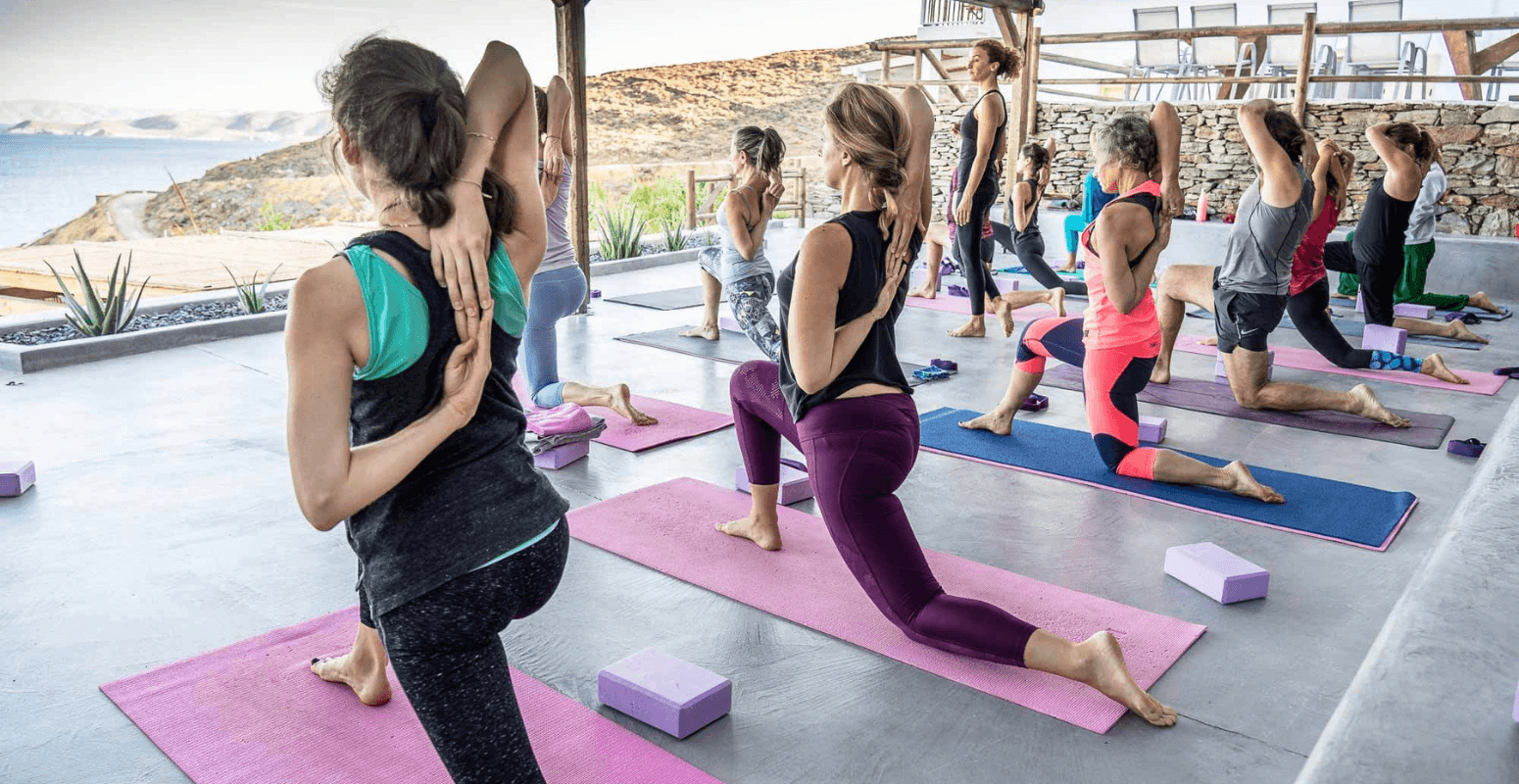
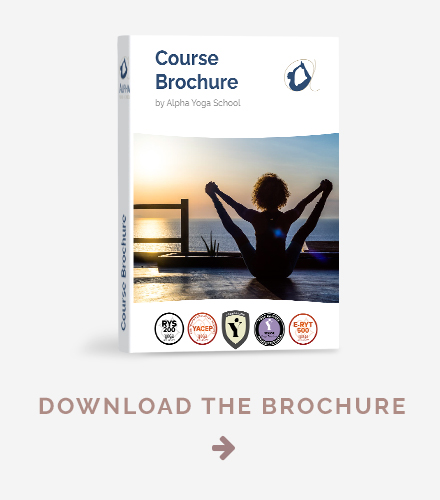


 Learn how to create a yoga class for your own practice
Learn how to create a yoga class for your own practice